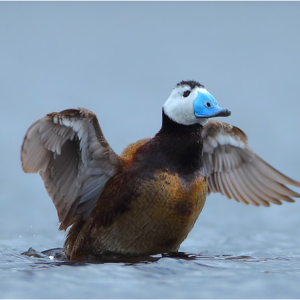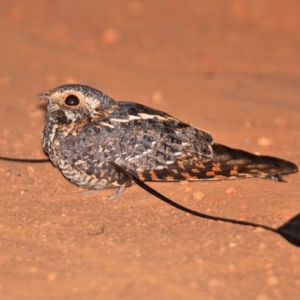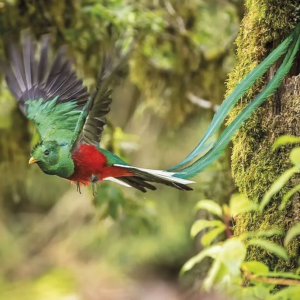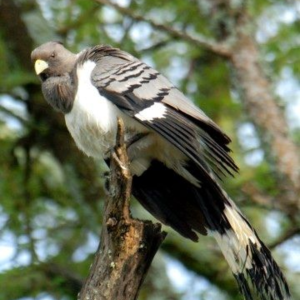Hummingbirds are a strange bird, they have held many records in the bird world such as having the fastest flying speed, being the only bird that can fly backwards, being the smallest bird… Interesting things and the abilities of this bird are still being explored by humans.
Rarely seen microscopic bird
The name of the Hummingbird family comes from the characteristic that when flying, the bird’s wings flap continuously to create a buzzing sound like flies. They are also called the Bee family because this bird breed has the habit of sucking nectar from flowers like bees. Hummingbirds have about 400 species, they live mainly in tropical regions, near the equator. Some species of hummingbirds also migrate to find food and spend the winter. These species have great flying power and they are often American Hummingbirds. During migration season, hummingbirds can fly across the Gulf of Mexico to find new food sources.

Most hummingbirds are very small in size. With a length of about 8cm, maximum size of 20cm, weight from 2 – 20grams, this is the smallest bird on earth. The Cuban Bee Hummingbird is less than 6cm in length, they are the size of a bee (5cm) and weigh less than 2g, there is no bird in the world smaller than them.

Red-throated Hummingbirds are about 7-9cm long, weigh about 2.83 grams and can migrate more than 600 miles (about 965km). Only this species has a red throat. When mature, male Red-throated Hummingbirds are smaller than females.

Hummingbirds often have very colorful feathers. They have fewer feathers than other birds, on average a hummingbird has about 900 feathers. The Colombian Hummingbird has iridescent emerald green feathers and a bright blue strip of feathers above the throat, with a tuft of pure white feathers on the feet. This family has about 360 species, divided into 112 genera.

All hummingbirds eat nectar. They like brightly colored flowers with tubular shapes such as honeysuckle, fairy hair, chili clusters, lip flowers, morning glories… Hummingbirds suck nectar from flowers 5 – 8 times a day, each time for 30 – 60 seconds. Birds have long tongues split at the top to help them suck nectar from flowers. There are many species with long beaks and long tongues to easily penetrate deep into flowers and suck nectar. They also play the same role as bees or butterflies, helping to pollinate flowers. Hummingbirds also eat soft-bodied flying insects, spiders… but flower nectar is still the main food. Birds often stay in places with many flowers. When they feel bored, they fly away to find other new flowers. According to scientists, this small bird has very good eyesight, allowing it to see food about 1.3km away. Birds’ brains are only as big as a grain of rice, but they have excellent memory when they need to find food. Hummingbirds can remember which flowers they have sucked nectar from and the time it takes for a flower to regenerate nectar.
Other special abilities
Hummingbirds make their nests in small tree branches, or hang them, or build them in caves. Their nest is where the females lay eggs, 2 eggs per clutch. Also consistent with its size, the bird’s nest is very small and difficult to detect. The bird’s nest is about the size of a walnut.
When female birds fly into the male’s territory, they will fly high and then suddenly dive down. Males reach maximum speed at the final point of their dive. At that time, it cried loudly and spread its tail feathers to attract the female’s attention. When diving from a height of 30 meters to impress a female bird, the male bird can reach a speed of 92.8km/h. Females do everything without the help of males, from building nests, laying eggs to taking care of their young.

Hummingbirds’ wing beats are very fast and their body temperatures are very high. They need a lot of energy from food sources. Once these birds lack food, they will immediately become sluggish, reducing their wing beats to save the little remaining energy in their bodies. Hummingbirds’ heart rate can rise to 1,200 times/minute and their breathing rate is 250 times/minute.

Hummingbird wings are unlike those of any other bird. They are the only birds that can fly backwards thanks to the extremely flexible structure of their shoulders and wings. Their wings can move freely in the direction of the shoulder, the bird can fly still in one place and keep the bird’s head fixed. With Hummingbirds, flying forward or backward is equally simple. This special structure also allows Hummingbirds to fly and stand still. They often fly in one position while sucking nectar from high flower clusters, flying at a speed of 30-50 km/h. Hummingbirds are famous for their ability to flap their wings extremely fast (70-80 times/second). When flying and maintaining one position, bird wings flap more than 100 times per second.
In nature, hummingbirds’ enemies are snakes, birds of prey, cats and weasels. When it rains, other birds often find him. However, Hummingbirds can be active in the rain. Watching Hummingbirds fly in the rain is quite an interesting experience for bird lovers. However, Hummingbirds are difficult to breed and raise as ornamental birds, so we can only see them in the wild./.





